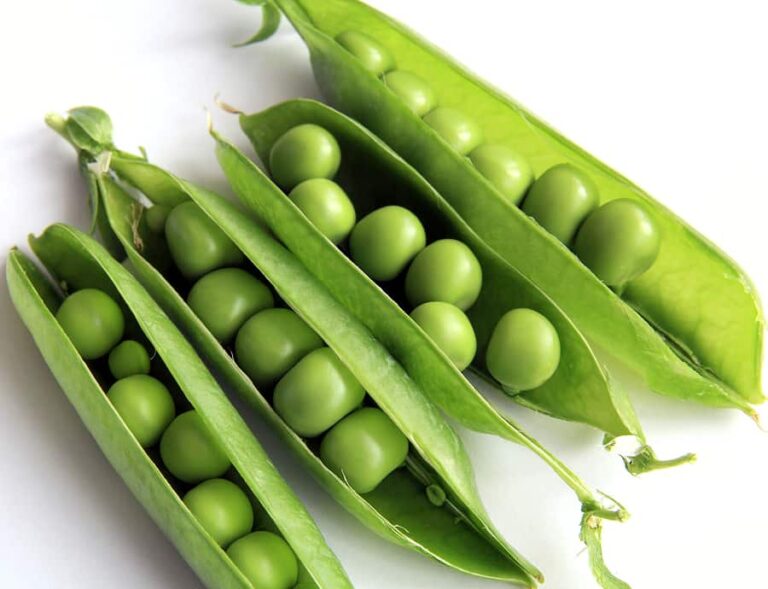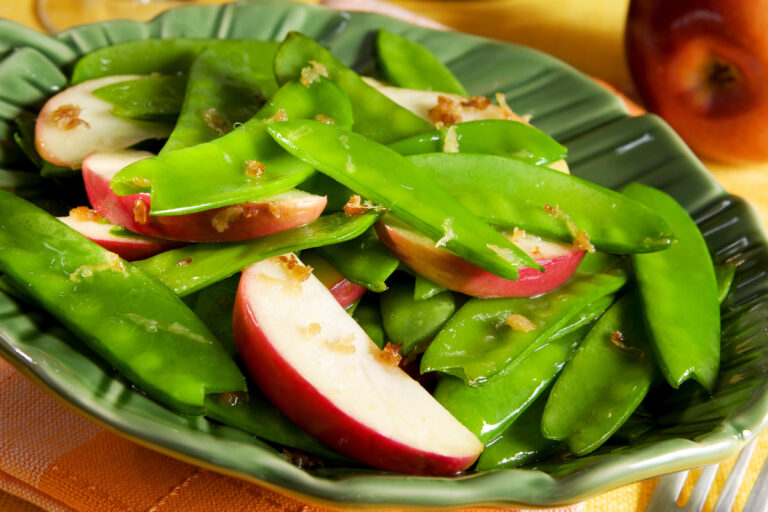Best Soil for Fava Beans and How to Prepare It
Fava beans (broad beans) are cool-weather legumes that thrive in rich, well-draining soil. They’re among the most forgiving crops, but the right soil preparation can make a big difference in growth, yield, and flavor. Fava beans don’t need high fertility—they feed themselves by fixing nitrogen—but they do need the right texture, pH, and structure to support their deep roots and tall stems.
In my Sonoma Valley garden, I’ve found that fava beans grow best in soil that’s loose, deep, and full of life. Whether you’re growing in beds, rows, or containers, here’s how to prepare soil for a healthy and abundant fava crop.
Best Soil Type for Fava Beans
Fava beans prefer:
- Loamy soil with a mix of sand, silt, and clay for good drainage and water retention.
- Soil pH: 6.0 to 7.0 (slightly acidic to neutral).
- Temperature: 45–65°F during growth; cooler soil encourages strong roots.
Avoid compacted or waterlogged soil—fava beans dislike “wet feet” and may develop root rot in heavy clay.
Soil Preparation Steps
1. Loosen the Soil Deeply
Fava beans send roots 2–3 feet deep. Before planting, loosen the soil to at least 12–18 inches. In garden beds, use a garden fork or broadfork to aerate without turning layers.
2. Add Organic Matter
Mix in 2–3 inches of compost or aged manure before planting. Compost improves texture, moisture balance, and microbial life—key for nitrogen-fixing bacteria that partner with fava roots.
3. Ensure Good Drainage
If your soil is heavy clay, improve it by adding coarse sand or fine gravel. Raised beds or mounded rows are also excellent options for preventing soggy roots.
4. Avoid Excess Nitrogen
Fava beans fix nitrogen naturally through root nodules. Adding too much nitrogen fertilizer will encourage leafy growth at the expense of pods. Instead, feed the soil with compost or a low-nitrogen organic fertilizer (like 5-10-10).
5. Inoculate Seeds (Optional)
For poor or sterile soils, dust seeds with a Rhizobium leguminosarum inoculant before planting. This boosts nitrogen fixation and root development, especially in new garden soil.
Soil Preparation for Containers
For containers, mix:
- 1 part high-quality potting soil
- 1 part compost or aged manure
- A handful of perlite or sand for drainage
Make sure the container is at least 18 inches deep and drains freely.
Soil Care During Growth
- Mulch: Apply straw or leaf mulch around plants to conserve moisture and regulate soil temperature.
- Weeding: Hand-weed gently—fava roots are shallow near the surface.
- Moisture: Keep soil evenly moist during flowering and pod set.
My Experience
In my Zone 9B garden, I prepare my fava beds in late October with compost and deep loosening. The soil stays soft and rich through the cool months, and by February, fava roots are strong and nodulated with nitrogen-fixing bacteria. When I pull the plants after harvest, I always notice how crumbly and fertile the soil has become—perfect for the next crop.
Key Takeaway:
Fava beans grow best in deep, loose, well-drained loam enriched with compost. Avoid heavy fertilizer—let the plants work with soil microbes to build fertility naturally. Healthy soil means healthy favas and richer soil for next season’s crops.
Soil Prep for Fava Beans
| Soil Factor | Best Condition for Fava Beans | How to Prepare or Improve |
|---|---|---|
| Soil Type | Loamy, well-drained, moisture-retentive | Add aged compost or leaf mold to sandy or clay soil to improve texture and drainage. |
| Soil pH | 6.5 to 8.0 (slightly alkaline) | If soil is acidic, apply garden lime 2–3 weeks before planting. |
| Organic Matter | High | Work 2–3 inches of compost or aged manure into the top 10–12 inches of soil. |
| Drainage | Good drainage; avoid waterlogged soil | Build raised beds or mounded rows if soil tends to stay wet. |
| Nutrients | Moderate nitrogen; high phosphorus and potassium | Avoid high-nitrogen fertilizers; use balanced organic fertilizer (e.g., 5-10-10) if needed. |
| Soil Temperature | 45–70°F (7–21°C) | Prepare beds early; fava beans tolerate cool soil better than heat. |
| Pre-Plant Preparation | Loosen soil deeply | Turn soil to spade depth, breaking up clods; remove rocks and debris. |
| Mulching | Light mulch after germination | Helps retain moisture and suppress weeds; use straw or leaf mulch. |
| Cover Cropping | Ideal before planting | Grow fall cover crops (like clover or vetch) and turn under before spring planting. |
Fava Bean Learning Hub
Start here: The Ultimate Fava Bean Growing Guide: From Seed to Harvest
Planting & Growing Basics
- Fava Bean Planting Time by Region
- How Deep and How Far Apart to Plant Fava Beans
- Fava Companion Planting Guide
- Growing Fava Beans in Containers
Soil, Water, and Feeding
- Best Soil for Fava Beans and How to Prepare It
- How to Water Fava Beans for Best Growth
- Feeding Fava Beans Naturally: Compost and Nitrogen Fixing
Care & Maintenance
- How to Care for Fava Beans During the Season
- Managing Weeds Around Fava Beans
- Supporting Fava Beans: Do They Need Staking?
Pest & Disease Management
Harvest, Storage & Preservation
- How to Tell When Fava Beans Are Ready to Harvest
- How to Dry Fava Beans for Long-Term Storage
- How to Store and Preserve Fresh Fava Beans
Varieties & Seed Saving
Cooking & Using Fava Beans
Companion & Related Crops


